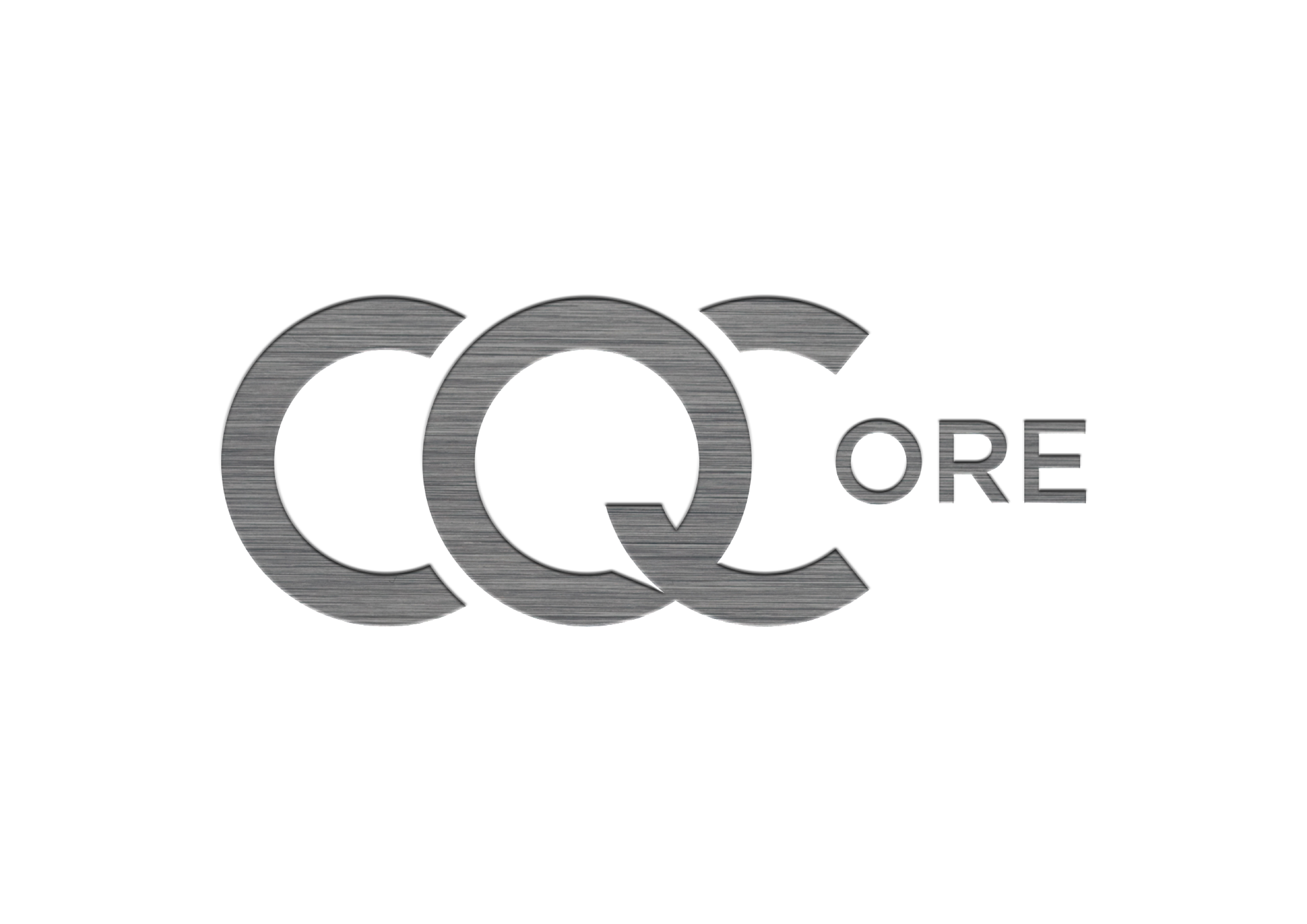So for my latest blog I decided too see if free Wi-Fi is indeed free or whether it comes with a hidden cost. Now I don’t use public Wi-Fi not because it is inherently vulnerable, as I can use a VPN to negate some of the risk, however for those who don’t use a VPN then there is the classic machine in a middle attack.
I don’t use it’s because of the personal identifiable information you are having to provide in most cases to sign up. For those who are old hands at privacy, they will be using burner emails etc but this is not mainstream behaviour.
This is a random selection of providers with no real methodology as to which ones I tried.
McDonald’s was my first port of call.
McDonald’s Wi-Fi is supplied by O2, a mobile number gets you through the first part where you receive a code which you then probably think is that, but no, you then need to enter an email address, name, date of birth and postcode.
What we are seeing is the potential for you to be tracked. If you have your Wi-Fi turned on all the time you could automatically reconnect to the Wi-Fi networks you have signed up to. Using your mobile MAC address the Wi-Fi provider can uniquely identify you. Not only that they can link you as a person to your device and you are no longer anonymous.
I did a little experiment with a second hand mobile I bought. It had been factory reset and had a new profile on it. When I tried to connect to the Wi-Fi in McDonald’s it provided me with the name of the previous owner. What I believe happened was that the Wi-Fi had recognised the device details that it had obtained when the previous owner had signed up, such as the MAC address. This was linked to a real life person and as such I got the welcome message of, ‘Hello Barry we haven’t seen you in a while, see what is new.’ (I did change the name). This demonstrates another danger that if you sell your mobile and you have been using free Wi-Fi then some of your personal information may be compromised.
For those of you who conduct OSINT and who chose to use public Wi-Fi to create sock accounts because social media companies such as Facebook have in affect banned VPNs for creating accounts; then you too need to be aware of not only the potential OPSEC risks but also what may happen if you sell a device. The above will apply to laptops and tablets etc too. Reusing a device may compromise your OPSEC and for those in LE for instance, you need to give careful consideration how a device is disposed of after it is no longer needed.
O2 supply Wi-fi to the following in the UK albeit I believe Bunnings is no longer with us.
You can use this link https://www.o2wifi.co.uk/hotspot to search a location for O2’s Wi-Fi.
‘And if you’re an O2 customer your handset will automatically connect to 7,000 of those hotspots on O2 Wi-Fi extra – you don’t even need to register. Once connected at one of these hotspots your phone will automatically connect to all of our 16,000 hotspots nationwide.’
My next stop was Asda who are supplied by BT. Now Asda is slightly different in that you do not have to provide any details not even a mobile number however interestingly I was not able to use my VPN so a little bit of swings and roundabouts here with what you are giving up to use the Wi-Fi.
You can search for BT Wi-Fi at this link https://www.btwifi.com/find/
I am sure that not only are you providing personal identifiable information to sign up to some Wi-Fi services, it isn’t really free as your privacy is the cost, as the old saying goes, ‘If You’re Not Paying For It, You Become The Product.’ Asda and BT for example will see your internet data such as your browsing details, especially as my VPN appeared to have been banned.
Combine the above with low level Bluetooth beacons and all of a sudden you are the product that can be tracked. Make no mistake there are companies out there that offer this service to retail companies.
You should never leave your Wi-Fi, Hotspot and Bluetooth turned on unnecessarily as this will compromise your privacy and in certain cases allow you to be tracked to significant locations. You should also be thinking of your OPSEC too. Wigle will have people’s hotspots recorded and thus a potential way to track you.
You can find Sky Wi-Fi hotspots. As you can see from the map even if your location services are switched off you could still be tracked by your use of Wi-Fi. You will also see that as with O2 you will be reconnected automatically.
There are several websites that will allow you to search for public Wi-Fi: –
https://www.wifimap.io/
https://instabridge.com/free-wifi/
https://wifispc.com/
In theory if your Wi-Fi is turned on permanently and you have signed up for public Wi-Fi you could be tracked by the Wi-Fi beacons that your phone is omitting. You need to turn off, auto connect in your Wi-Fi settings and you may also want to consider deleting the network after you have used it.
‘A general rule of thumb in home networking says that Wi-Fi routers operating on the 2.4 GHz band can reach up to 150 feet indoors and 300 feet outdoors. Older 802.11a routers that ran on 5 GHz bands reached approximately one-third of these distances. Newer 802.11n and 802.11ac routers that operate on both 2.4 GHz and 5 GHz bands reach greater distances.’
Source Lifewire
There will be environmental factors that will impact the range of Wi-Fi however walking close to shop that you have previously used Wi-Fi in should be adequate for the probe requests from your phone to find a router and vis-versa. If you have auto connect enabled in your Wi-Fi settings, then it will auto connect to the Wi-Fi. Look at the pictures above to see how many times this may happen as you walk round a city centre or in the case of a large shopping centre they could track you as you jump from access point to access point.
Even with Wi-Fi turned off this may not be enough as some phones will still omit both Wi-Fi and Bluetooth beacons. These can be switched off on Android phones but not Apple iPhone’s.
I have provided few details of information required to use public Wi-Fi. You will see the two Supermarkets required no personal identifiable information to sign up but both would not let me use my VPN.
Asda – no PII
McDonalds – Mobile, email, name address DOB
McArthurGlen Ashford– email address
Pizza Hut – Mobile, email, name address DOB
Trafford Centre – no PII
Tesco – no PII
Personally I do not believe free public Wi-Fi is free and you could be giving a lot of personal identifiable information and data away not to mention the ability for you to be tracked regardless of whether your location services are switched off. It carries not just privacy risks but for those conducting OSINT using public Wi-FI, there is also OPSEC risks too that need to be considered.
Copyright 2021 © cqcore All Rights Reserved





